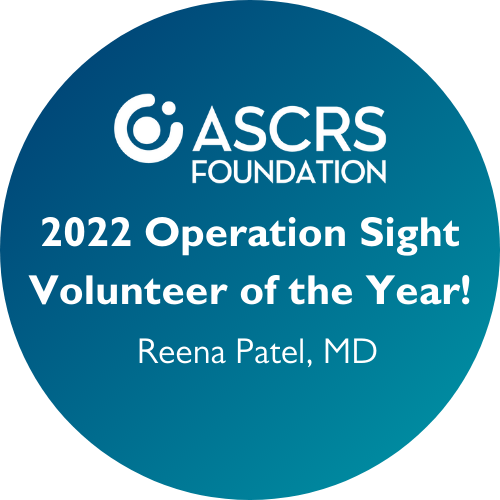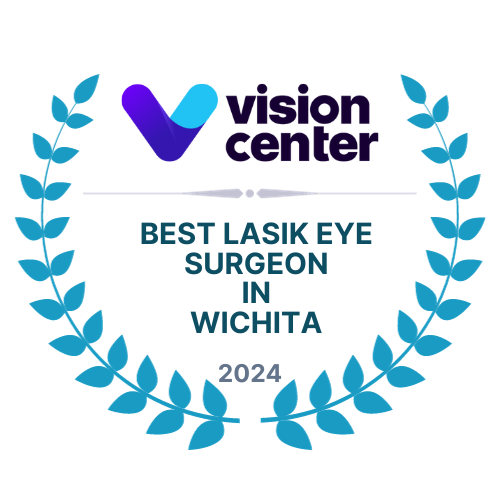PRK procedure, or photorefractive keratectomy, was the first type of refractive laser eye surgery performed for vision correction prior to the development of LASIK. PRK treats nearsightedness (myopia), farsightedness (hyperopia) and astigmatism. Both LASIK and PRK procedure have their advantages. With PRK procedure, there is no risk of flap complications because no flap is made. Also, since no flap is made, the entire corneal stromal thickness is available for treatment with PRK. PRK is often highly effective for people who do not qualify for LASIK because of thin corneas or corneal dryness.
What Is PRK Proc?
PRK, like LASIK, involves reshaping the corneal tissue with an excimer laser to correct the refractive error causing the eye’s nearsightedness (myopia), farsightedness (hyperopia), and or astigmatism. When the cornea is correctly reshaped, it is better able to focus light into the eye and onto the retina, and vision is crisper and clearer.
With PRK, the outermost layer of the cornea called the epithelium is removed centrally. LASIK differs in that a corneal flap is made to access the underlying corneal tissue. PRK is known by some people as “laser surface treatment.”
Prior to entering our specially designed laser suite, you will be given some relaxation medicine. You will lie down on a bed, and receive some anesthetic eye drops. Throughout your procedure, Dr. Reena Patel will explain each step of surgery prior to performing it.
A numbing anesthetic drop will be placed in your eyes. Your eyelids will be cleaned off. Dr. Reena Patel will then position your head underneath the laser and place a retainer in your eye to prevent you from blinking during the procedure. Dr. Reena Patel will loosen the epithelium by placing proparacaine numbing drops on the eye. She will then remove the central epithelium manually with a blunt instrument. You will not feel anything except for maybe a little bit of pressure. She will then direct the VISX excimer laser at the underlying corneal tissue and reshape the cornea. You may hear a clicking noise and notice a slight odor, which is completely normal.
After Dr. Reena Patel has achieved the desired corneal shape, she will place a small disc soaked with anti-haze medication called Mitomycin C on your central corneal surface. She will then remove the medicated disc and copiously irrigate the eyes with a cold balanced salt solution. Dr. Reena Patel will then cover the cornea with a bandage contact lens to protect the eye as the epithelial cells grow back. Antibiotic and anti-inflammatory drops will also be applied to the eye to prevent infection or post-operative complications.
The contact lens may need to remain in place for several days to weeks until the eye heals. You will be escorted to your recovery room to relax for a little bit before your companion drives you home to rest. You should notice an improvement in your vision pretty quickly, and it will continue to improve over the next few weeks.
PRK Recovery
PRK recovery is longer than recovery from LASIK surgery. Dr. Reena Patel will prescribe antibiotic drops, anti-inflammatory drops, and pain medicine to help decrease post-operative discomfort and expedite healing. PRK patients usually need to take a few days off from work. Your eyesight will improve gradually over several days to weeks. Vision stability can take several weeks to months after surgery.
PRK Procedure Results
PRK results are very similar to LASIK results. However, it may take longer for PRK patients to see an improvement in their vision because it takes several days for new epithelial cells to grow. Most people achieve 20/20 vision after PRK surgery and nearly all patients achieve 20/40 visual acuity or better. However, as with any surgery, we cannot guarantee that you will have the same results or a specific result.







